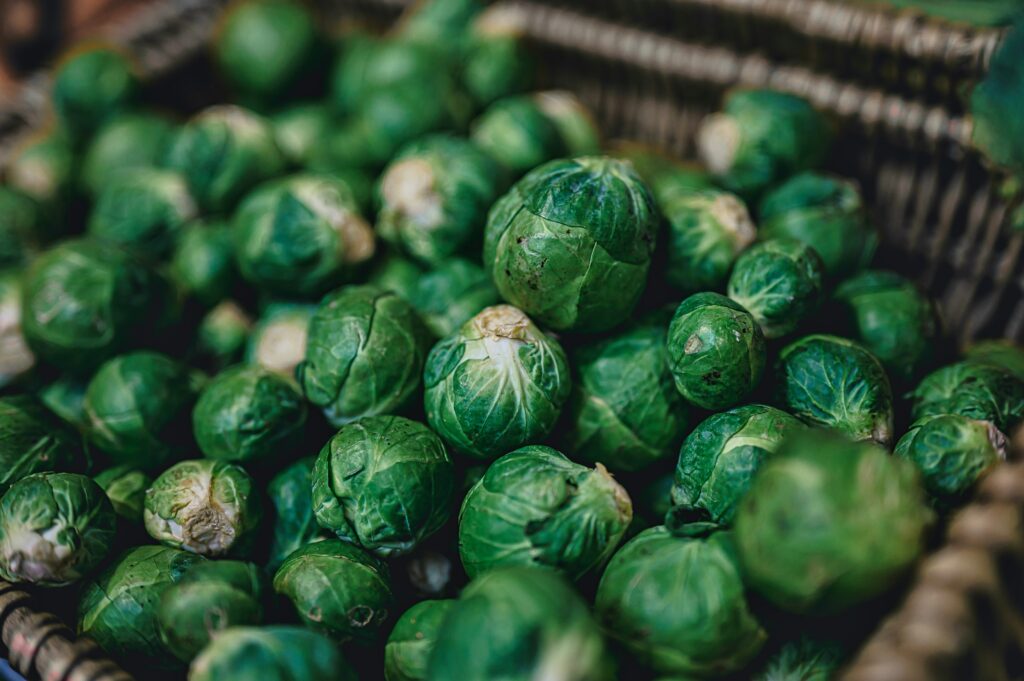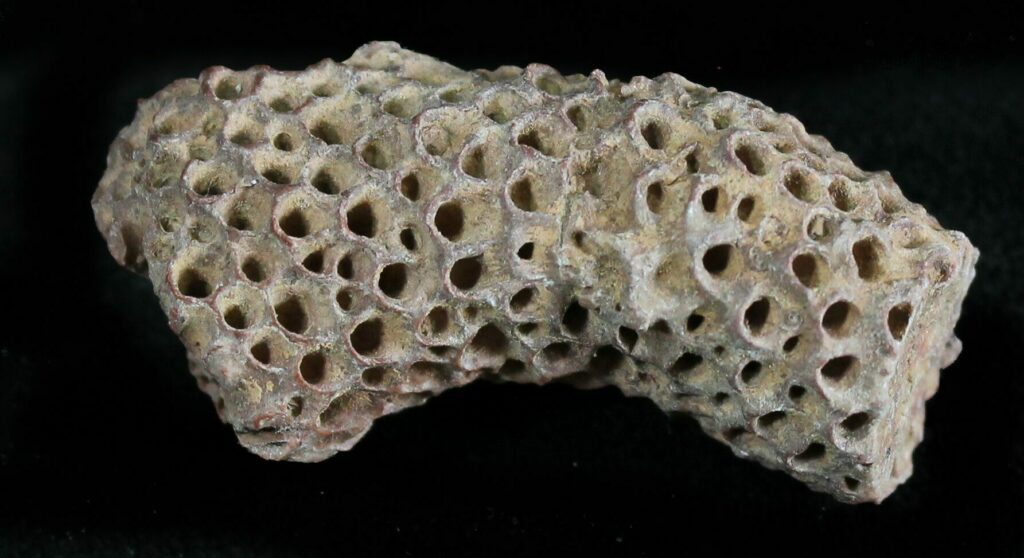From CO2Science: Writing as background for their study, Baligar et al. (2021) note that “shading is known to reduce yields of many tropical legumes and heavy shade can affect their survivability in plantation crops.” However, rising atmospheric CO2 concentrations may offset such yield and survivability losses in the future through the many benefits associated with CO2 fertilization. And so it was that Baligar et al. set out to examine this possibility via an experiment studying the response of six tropical legume cover crops to CO2 enrichment at low light levels.
Paper Reviewed: Baligar, V.C., Elson, M.K., He, Z., Li, Y., Paiva, A.Q., Almeida, A.-A.F. and Ahnert, D. 2021. Impact of ambient and elevated [CO2] in low light levels on growth, physiology and nutrient uptake of tropical perennial legume cover crops. Plants 10, 193, doi.org/10.3390/plants10020193.
Their work was conducted under controlled-environment conditions inside mini chambers in glasshouses. The six plants they studied included pinto peanut (Arachis pintoi), desmodium (Desmodium heterocarpon), velvet bean (Mucuna pruriens), pigeon pea (Cajanus cajan), hyacinth bean (Lablab purpureus) and cowpea (Vigna unguiculata). The incorporated CO2 concentrations included 400 ppm (ambient) and 700 ppm (elevated) while the light intensities utilized in this full-factorial study included three inadequate levels of photosynthetic photon flux density (PPFD)-- 100, 200 and 400 µmol m-2 s-1, which respectively correspond to around 5.5%, 11% and 22% of incoming PPFD at the top of the canopy in tropical regions. Plants were kept in the various treatment conditions for 33 days and at the end of the experiment the authors conducted measurements to determine various growth and nutrient-related parameters, as well as plant water use efficiencies.
And what did their experiment reveal?
With respect to plant growth, Baligar et al. report that with few exceptions elevated CO2 and higher light intensity significantly improved net photosynthesis, root length, specific leaf area, root biomass, total biomass and relative growth rate of each of the legume plants. Observed percentage increases in net photosynthesis and dry weight due to CO2 for each legume at the three different low light intensity treatments are presented in Figure 1. Similarly, higher CO2 and light intensity improved water use efficiency -- in a number of instances by more than 100% -- as illustrated in Figure 2.
With regard to plant nutrient concentrations, the authors found interspecific differences among the species, with various micro and macro nutrient concentrations increasing, decreasing or remaining about the same in response to the CO2 and light treatments (see Figure 3). Nevertheless they report elevated CO2 and higher light levels “increased the uptake of all the macro- and micronutrients [examined],” with one exception (see Figure 4). Lastly, Baliger et al. note that higher CO2 and light levels also “increased the nutrient use efficiency of all nutrients” in the six legume plants.
In light of all the above, it is expected that rising CO2 will enhance the growth and survivability of tropical understory plants, which will yield important environmental dividends, including a reduction in (1) soil erosion, (2) nutrient leaching and (3) weed infestations and improvements in (4, 5) soil organic matter and nutrient content. It will also help to (6) conserve soil moisture and (7) improve soil fertility.

Figure 1. Percent change in net photosynthesis and dry weight due to elevated CO2 of the six legumes under study at three different low light intensity levels (100, 200 and 400 µmol m-2 s-1). This figure was prepared using data from Tables 1 and 2 of Baligar et al. (2021).

Figure 2. Percent change in three measures of plant water use efficiency (Total, Instantaneous and Intrinsic) due to elevated CO2 of the six legumes under study at three different low light intensity levels (100, 200 and 400 µmol m-2 s-1). This figure was prepared using data from Table 2 of Baligar et al. (2021).

Figure 3. Average percentage change in plant nutrient concentration due to elevated CO2 of the six legumes under study at three different low light intensity levels. This figure was prepared using data from Table 3 of Baligar et al. (2021).

Figure 4. Average change in plant nutrient uptake due to elevated CO2 of the six legumes under study at three different low light intensity levels. This figure was prepared using data from Table 4 of Baligar et al. (2021).



"And what did their experiment reveal?
With respect to plant growth, Baligar et al. report that with few exceptions elevated CO2 and higher light intensity"
I thought that this study was about LOWER light intensity, am I missing something?